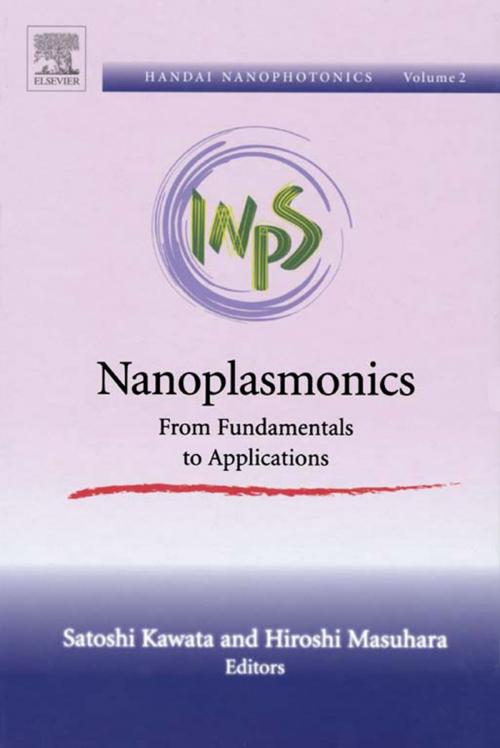Nanoplasmonics
From Fundamentals to Applications
Nonfiction, Science & Nature, Technology, Engineering, Chemical & Biochemical, Material Science, Science| Author: | ISBN: | 9780080458250 | |
| Publisher: | Elsevier Science | Publication: | February 6, 2006 |
| Imprint: | Elsevier Science | Language: | English |
| Author: | |
| ISBN: | 9780080458250 |
| Publisher: | Elsevier Science |
| Publication: | February 6, 2006 |
| Imprint: | Elsevier Science |
| Language: | English |
This second volume in the Handai Nanophotonics book series covers the area of Nanoplasmonics, a recent hot topic in the field of nanophotonics, impacting a diverse range of research disciplines from information technology and nanotechnology to the bio- and medical sciences. The interaction between photons and metal nanostructures leads to interesting and extraordinary scientific phenomena and produces new functions for nano materials and devices. Newly discovered physical phenomena include local mode of surface plasmon polariton excited in nanoparticles, hot spots on nano-rods and nano-cones, long range mode of surface plasmons excited on thin metal films, and dispersion relationship bandgaps of surface plasmons in periodic metal structures. These have been applied to, for example, single molecule detection and nano-imaging/spectroscopy, photon accumulation for lasing applications, optical nano-waveguides and nano-circuits.
* interdisciplinary research text on the application of nanoplasmonics research and effects in devices for applications
* bridges the gap between conventional photophysics & photochemistry and nanoscience
* continuing the series that focuses on 'hot' areas of photochemistry, optics, material science and bioscience.
This second volume in the Handai Nanophotonics book series covers the area of Nanoplasmonics, a recent hot topic in the field of nanophotonics, impacting a diverse range of research disciplines from information technology and nanotechnology to the bio- and medical sciences. The interaction between photons and metal nanostructures leads to interesting and extraordinary scientific phenomena and produces new functions for nano materials and devices. Newly discovered physical phenomena include local mode of surface plasmon polariton excited in nanoparticles, hot spots on nano-rods and nano-cones, long range mode of surface plasmons excited on thin metal films, and dispersion relationship bandgaps of surface plasmons in periodic metal structures. These have been applied to, for example, single molecule detection and nano-imaging/spectroscopy, photon accumulation for lasing applications, optical nano-waveguides and nano-circuits.
* interdisciplinary research text on the application of nanoplasmonics research and effects in devices for applications
* bridges the gap between conventional photophysics & photochemistry and nanoscience
* continuing the series that focuses on 'hot' areas of photochemistry, optics, material science and bioscience.















